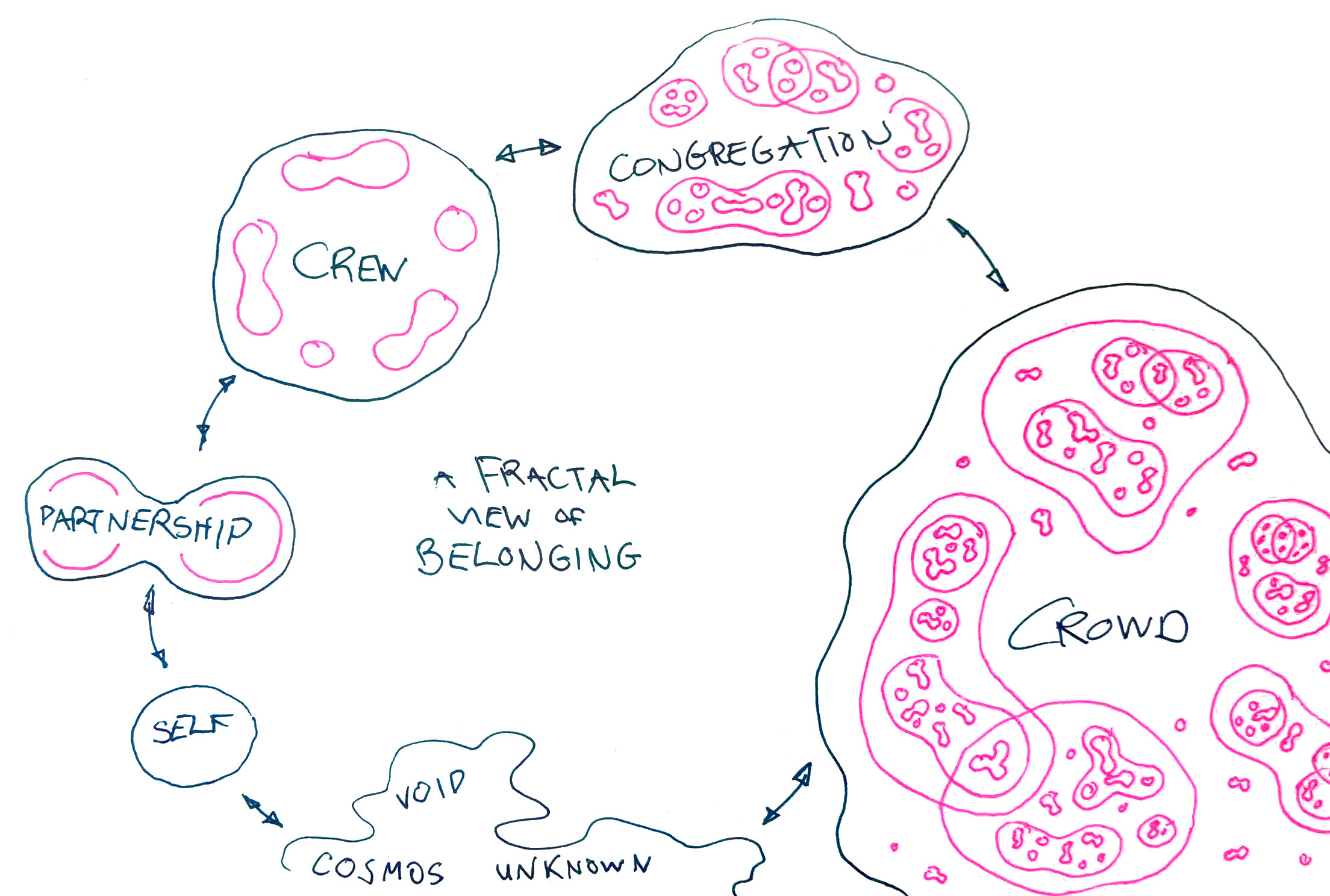Microsolidarity: Regenerative Projects Worth Hearing About #1
Microsolidarity is an open research network developing patterns and practices for mutual aid communities. In other words, it is an ever-evolving methodology for community building, focused on peer-to-peer support and mutual aid. It encompasses a set of practices that intend to move us away from conventional hyper-individualistic ways of relating to the world, ourselves and each other, instead seeking to promote more mutually supportive relationships.
In late 2018, Richard D. Bartlett, wrote a proposal for Microsolidarity which has, since then, been the guiding conceptual framework to inform the movement. In it, he describes Microsolidarity as a means to cultivate deeper connections and more collaboration within a network, as well as a tool to develop a work culture where people care about each other’s wellbeing and growth.
Richard’s motivations behind the development of this concept are simple: we are well into a major collapse of our biological and social life support systems and are needing to urgently change the ways we are showing up to each other and the world if we are to curb this metacrisis.
As he describes in the proposal, “[w]hile the biological substrate for life is disintegrating, so is our social fabric. Democratic populations are electing dictators and buffoons. Fascism is resurgent. Our ability to make meaning is dissolving. Across the political spectrum, people respond to this existential dread by retreating into anxious certainties. Political conversations feel brittle and explosive, one wrong word can trigger an artillery of shaming tactics to shut down the heresy. This is how I set the design criteria: assuming we are in a major collapse, what is an appropriate action to take? How do we repair our damaged biological and social ecosystems? How do we plan for a future with much less peace, much less food, much less stable governance? What kind of action plan is fit for purpose in the last decade of the Anthropocene?”
Richard D- Bartlett
Answers to these questions, from a Microsolidarity point-of-view, must be relational first. This is because it holds that the bio/socio/psycho/spiritual collapse we’re witnessing is, in essence, a metacrisis of relationship and belonging. It’s a matter of how we relate to the different parts of ourselves, to other people, and to all the other creatures, life, spirit, etc. on this planet. In an interview by the LabourList, Richard explains: “I wrote an article called the beautiful trap of belonging, which argues that we’re in a crisis of belonging at the moment where we don’t have enough of that feeling and therefore when we get any of it we go off the deep end. It’s like our society has been parched for so long that we have an obsessive tribalism and we start defining ourselves by the negative space around us. I hope we can get to the next stage, which is creating a kind of belonging that doesn’t come at the expense of others. It becomes okay to disagree because you are actually enriching this community through your difference. But that’s a stage you can only get to through practice.”
In this way, Microsolidarity becomes mostly “a theory of groups and groups of groups.” It provides a lens for thinking about groups at different scales, oriented towards a deep kind of mutual aid: where we support each other in our personal growth, generating health and prosperity for our collective, while producing significant benefits that ripple out into wider society.
The first group has only one person, it’s Me (or You). It’s the Self. However, seeing it as tight network of overlapping identities who share custody of this body we call Me. Viewing the Self this networked way invites us to treat all our parts as worthy of respect and compassion.
The second group is a Dyad. In the proposal, Richard defines the dyad in the following: “A Dyad is a relationship of two. If you can forgive the tremendous oversimplification: let’s imagine society is an enormous Lego structure, but the only building blocks we have are Dyads. And now let’s say a Dyad can only be in one of two states: Domination or Partnership. Domination is imbalance, coercion, abuse, colonialism, the most controlling parent of the most acquiescent child. Partnership is like the balanced and consenting intimacy of two interdependent adults. Could also be a best friend, sibling, therapist, mentor, imaginary friend, spirit guide, etc. Because we learn so much through mimicry, an intentional Partnership Dyad is the best method I know for growth, healing, and development of the Self.”
The third group is the so-called Crew: “A Crew is a group that is small enough to fit around a single dinner table, around 3-8 people. This is about the same size as a nuclear family, but without the parent-child power dynamics. This is a long-term set of relationships with singular purpose, like a co-op, shared house, or affinity group. The size is important, because it is small enough to stay highly coordinated with minimal explicit rules & roles, and large enough that your enhanced impact is worth the cost of collaborating. If you observe many interactions in a Crew, you get many opportunities to learn about different ways of being a Self and being in a Partnership.
There is then the Congregation: “There’s another crucial size somewhere between 30 and 200 people: small enough that most of the members can know each other’s name, big enough to support many Crews to coalesce. Coordinated impact at this scale requires some formal rules & roles, but mostly you can hold coherence just by putting a bit of extra effort into the relationships. In my experience the best way to find your Crew is to spend some time in a Congregation. Coordination gets a lot more complicated beyond this point.”
Finally, we have the Crowd: “There’s probably a couple more useful distinctions beyond 200 people, but for the purpose of this map, all human groups bigger than Dunbar’s Number get lumped into this one category: the Crowd. This includes corporations, neighbourhoods, regions, nations, multitudes, swarms, and many different kinds of networks, conferences, festivals, etc. All of these groups share some important characteristics. Only a minority of people can expect to be recognised in a Crowd. To develop and maintain trust, peace, coordination & coherence over time requires a lot of infrastructure: formal articulation of rules and roles, enforcement of norms, and checks and balances to ensure the just application of that enforcement.”
Microsolidarity sees that contemporary neoliberal urban westernised society is mostly designed for Selves and Crowds. There’s a little space for Dyads, and almost no room for Crews and Congregations. The vast majority of our conversations are about individual people (you, me, a public figure, your boss or lover), or about very large groups (Europeans, progressives, women, programmers), which are so populous that the individuals have lost their distinct identity. Individualism is a metaphysical virus that allows us to only see trees, never the forest. This virus leaves us poorly equipped to work in groups.
However, from over 7 years of experience working with people who are trying to make the world a safer, fairer, healthier place, Richard has concluded that membership in a good Crew is a critical success factor. People enmeshed in really great Crews are most resilient to the psychological cost of doing social change work, and therefore the most able to think and act strategically. It’s at this small scale that we decontaminate each other, recover from the individualist virus, and start to learn a new way of being together.
A good Crew is not only super-efficient. It can also be a potent site for personal development. In a Crew you can experience human difference as a resource, which is our best antidote to bigoted tribalism. It’s a place to practice multiple Partnerships simultaneously, a rich source of belonging, acceptance, recognition, and accountability, a place to start coming out of my traumatized patterns of behavior.
However, because we’re infected with individualism, we lack the techniques, behaviors, language, beliefs, ideas, tools, and nuanced values required to thrive in multiplicity. As a result, many small groups suffer common ailments: mini dictatorship, hidden hierarchy, too much consensus, not enough consensus, toxic culture, unresolved conflict, repetitive trauma, equal power dogma… We can easily get stuck in the triangular domination patterns, or the circular design-by-committee patterns.
What Microsolidarity, as a tool and strategy, is to create the conditions for many excellent Crews to coalesce. It’s a plan to encourage people to live more meaningfully and more bravely, through others’ enthusiastic listening, praising, challenging, cuddling, gazing, regarding, acknowledging and reminding. Microsolidarity’s purpose then is to support people to mobilise their strengths to look after their peers, in a non-institutional, paternalistic or condescending manner, but in a psychologically safe, reciprocal and generous manner, wherein all the parts of our networked Self are welcome to show up.
If you’re curious about how to create these kinds of spaces, communities and conditions for growth, read Richard’s Microsolidarity proposal, which is where most of the information in this piece is taken from. In it he describes more in-depth how he arrived at Microsolidarity and offers all kinds of insights and ideas on how to pur Microsolidarity to practice.
Here, you can find links to other important Microsolidarity stories, as well as a 2020 update of the proposal.
Listen to the stories and experiences of those people participating in the research here.
Read more of Richard D. Bartlett’s work on his Medium.
Article by Helena Leonardo
Helena is a freelance educator and writer, trained in the fields of sociology and cultural studies. Her current mission is to take part in the advancement of the regenerative development paradigm through theoretical, empirical and active investigation on the transformational potential of intersectional ecofeminism, cooperativism, community-building and the ecovillage movement.
Primal Gathering is an environmentally, socially, and psychologically regenerative gathering empowering people with skills to be self-sustainable in their day-to-day lives. Our mission is to restore people, forests, and ecosystems all over the world. Leaving both people and places better than how we find them. Join us at the next Reforestation Gathering here or sign up and receive more content like this in a monthly newsletter here



